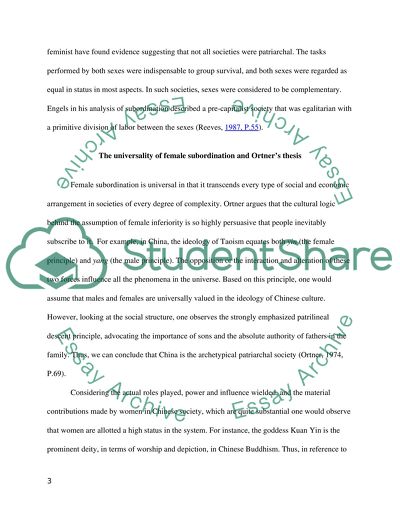Cite this document
(“The Universal Subordination Of Women To Men Essay”, n.d.)
Retrieved from https://studentshare.org/anthropology/1472552-the-universal-subordination-of-women-to-men
Retrieved from https://studentshare.org/anthropology/1472552-the-universal-subordination-of-women-to-men
(The Universal Subordination Of Women To Men Essay)
https://studentshare.org/anthropology/1472552-the-universal-subordination-of-women-to-men.
https://studentshare.org/anthropology/1472552-the-universal-subordination-of-women-to-men.
“The Universal Subordination Of Women To Men Essay”, n.d. https://studentshare.org/anthropology/1472552-the-universal-subordination-of-women-to-men.


